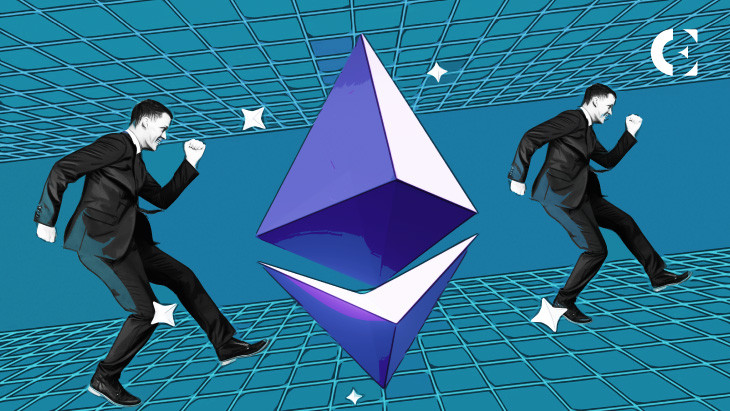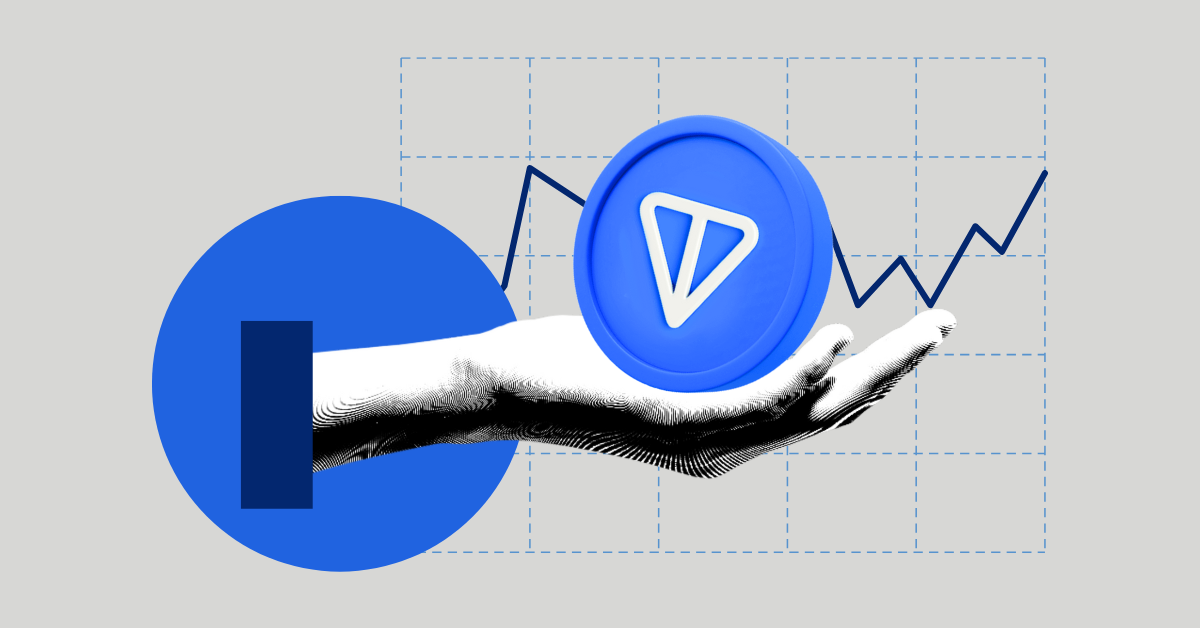Cyber Capital founder and CIO, Justin Bons recently voiced skepticism over the viability of Ethereum’s Layer-2 (L2) scaling solutions, arguing that the UX compromises are too steep a price to pay. He also highlighted the millions of dollars lost in bridge exploits as a critical vulnerability within Ethereum’s L2 infrastructure.
Ethereum’s “L2 scaling” UX trade-offs are undefendable: pic.twitter.com/xq52tLH5ck
— Justin Bons (@Justin_Bons) May 26, 2024
While Ethereum has turned to sharding as a potential solution to its scalability limitations, Bons contended that this approach has led to a fragmented ecosystem that poses significant challenges. A user commented that the likelihood of all the ETH ecosystems agreeing on one shared sequencer, one liquidity aggregator, and one DA protocol, is about as likely as BTC being the only crypto in 10 years.
He underscored the probability of finding a one-size-fits-all solution near impossible, stating that those who believe otherwise are misguided.
Given the fractured nature of Ethereum’s ecosystem, Bons argued, each component will inevitably be forced to compete on its own merits. He questioned whether platforms like Arbitrum (ARB) could truly rival Solana (SOL) and MultiversX (EGLD), hinting that Ethereum could be left behind.
As was the case with Bitcoin, the market will inevitably seek alternatives to Ethereum; history is simply repeating itself, he observed.
Bons, however, did commend MultiversX (EGLD) for its capacity to handle high transaction volumes, noting its ability to process over 100,000 Transactions Per Second (TPS). As previously reported by Coin Edition, crypto analysts predict EGLD’s price could reach $460, reflecting its increasing utility and adoption.
Meanwhile, the Ethereum community is buzzing with anticipation as lead developer Tim Beiko announces significant breakthroughs. A major focus is the notable progress made on EIP-7495, the SSZ StableContainer, designed to enhance and streamline Ethereum’s data structures.
Lodestar and Nimbus developers have advanced the EIP-7688 Kurtosis devnet, with Grandine considering joining their efforts. Nimbus and Erigon are collaborating on an EIP-6493 Kurtosis devnet, though some adjustments are still necessary. Despite these minor setbacks, Erigon remains optimistic about the project’s overall progress.
Even as Ethereum’s developers move forward with scaling solutions, worries about fragmentation and the potential for rival blockchains to seize market share temper the optimism.
Disclaimer: The information presented in this article is for informational and educational purposes only. The article does not constitute financial advice or advice of any kind. Coin Edition is not responsible for any losses incurred as a result of the utilization of content, products, or services mentioned. Readers are advised to exercise caution before taking any action related to the company.







